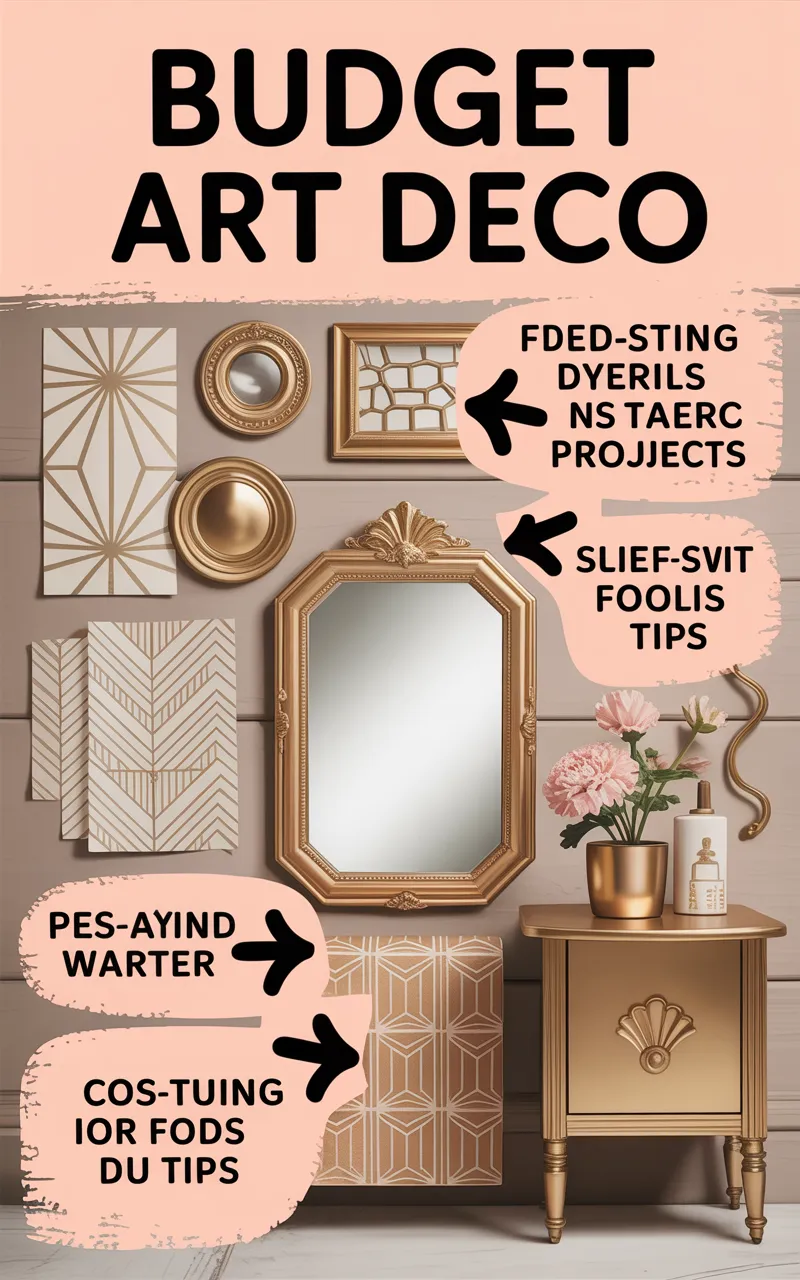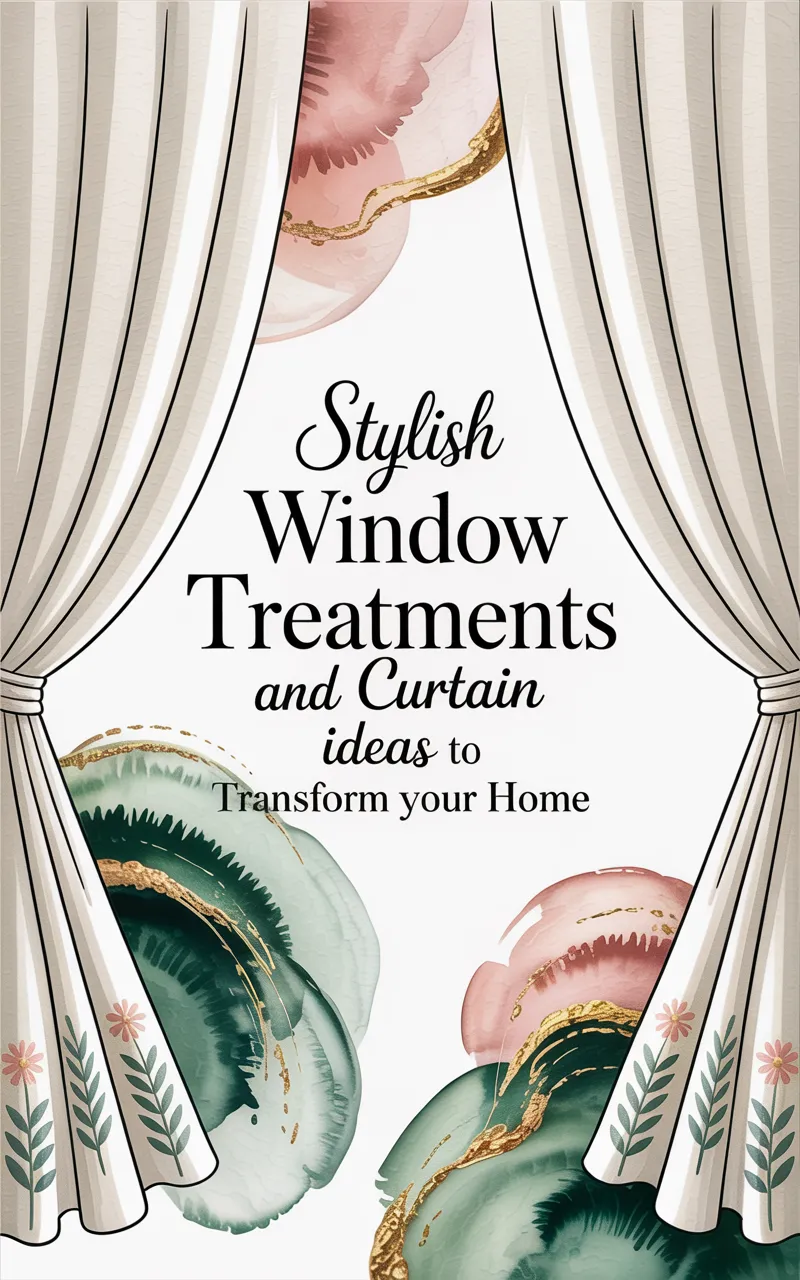In design, color is one of the most powerful tools there is. Whether you’re creating a brand logo, website or retail store decor, the colors you choose can manipulate what people think and feel about your product or service, and induce certain behaviors. This is where colour psychology starts to play a role.
This blog will discuss what color psychology is, its importance, and the ways you can include it in your designs. By the end, you’ll have practical insights to enhance your design process and maximize its impact.
What is Color Psychology?
Color psychology is the application of how colors can help influence human behavior, emotions and choices. Certain colors can activate emotions or associations, like trust, alertness, serenity, or vitality. For instance:
Blue is commonly associated with trust and professionalism, which is why you see a lot of it in financial institutions and tech companies.
Red is associated with passion, excitement, urgency, so it is commonly found in food brands and sales promotions.
Yellow represents warmth and optimism and can be an overpowering colour if used too frequently.
It is by understanding these associations that designers are able to make deliberate decisions about how their designs interact with their audience.
Why Color Psychology Matters
Color psychology is not just about the aesthetic, though. It has measurable impacts on how much people engage your work:
First Impressions: According to studies, 90% of a product’s assessment is made on color alone.
Brand Awareness: Keep the same visual brand identity to enjoy 80% increase in brand recognition.
How the Colors Work for Customer Behavior: The correct colors can incite action, including clicking a “Buy Now” button or feeling at ease in a physical location.
Whether you’re designing for a brand or a defined target demographic, color will make the difference between whether or not your message lands — and whether or not it has the intended impact.
7 useful ideas to use colour psychology in your designs
Match Colors to Your Brand(Name)
Your brand should be a person and you need to consider how.ynchronousai. For example:
A health and wellness brand, on the other hand, could employ soothing greens to represent renewal.
A children’s toy company could use cheery and playful yellows, reds and blues.
Think about how each colour will reflect on your brand’s personality. The theme is consistency, because inconsistent use of color can weaken your message.
Target Emotional Responses
Different industries respond to different set of emotional cues. For example:
Food and Beverage: Red and yellow will make you hungry, no wonder you’ll see fast food giants like McDonald’s and KFC using that combination.
High-End: Black and gold shows some fancy and seriousness.
Tech: White and blue symbolize simplicity and innovation, which is probably why so many tech companies use them!
Know the mood you’re trying to create and choose colors accordingly.
Create Hierarchy with the Help of Contrast
Contrast can help your elements pop out (like call-to-action buttons) using contrasting colors. For example:
The bright orange “Subscribe” button is hard to miss on the blue website.
“Complementary colors tend to catch the eye (colors opposite of each other on the color wheel).
Your audience’s attention on key components of the design can be achieved with contrast.
Cultural Significance as an Impact Factor
And colors means different things in different cultures. For example:
In Western cultures, white is seen as a color of purity, but some Eastern cultures consider it a color of mourning.
In North America, red can symbolize love in China, it comes to prosperity and happiness.
Also, when designing for a global audience, be careful with cultural references to avoid being misunderstood.
Make it Easy with Monochromatic and Analogous Color Schemes
Sometimes less is more. Monochromotic (one color and it’s shade) and analogous (neighboring colors on the color wheel) color schemes can add some visual harmony. For example:
A skincare site might use soft beige, light brown, and cream for an elegant, clean feel.
These palettes can help keep your design harmonious and clutter-free.
Try Colors for Higher Conversions
Colors affect conversions. One such test that was A/B conducted by HubSpot was for CTA buttons where red buttons outperformed green buttons by 21%. To replicate this:
Test the impact that various color schemes have on actions such as clicks, signups or purchases.
Use software such as Google Optimize to conduct A/B tests and analyze the outcomes.
By testing, you can learn which one is best suited to your particular audience.
Be Mindful of Accessibility
Your designs are made for everyone when they adhere the accessibility guidelines (e.g., proper contrast or conveying meaning through color only). Tools such as Web Content Accessibility Guidelines Colors (WCAG) allow you to measure contrast ratio and optimize readability for people with visual impairment.
It’s not like accessible design is an option; it’s what extends your reach and prevents anyone from being left out from your content.
Color Psychology in Practice Examples
Example 1. Coca-Cola
The red colour used by Coca-Cola arouses excitement, passion and activates energy. It’s the perfect colour for that joy and celebration message, instantly recognisable everywhere you go on the planet.
Example 2. Whole Foods Market
Green in Whole Foods colors Whole Foods utilizes green as its main color scheme because it conveys a message of health, nature, and environmental awareness. Its color further accentuates their ethos of organic, sustainable living.
Example 3. Tiffany & Co.
Tiffany’s iconic robin’s-egg blue is synonymous with sophistication, rarity and privilege. Playing with this scheme differentiates our brands in terms of the universe and classifies the emotional connection they have with their public.
FAQ
What is color psychology in design?
Color psychology in design refers to the study of how colors influence human emotions, behaviors, and perceptions. It involves selecting colors that align with the intended message or feeling a brand wants to convey.
How do I choose the right color palette for my brand?
Start by identifying your brand’s values and target audience. Consider the emotions and associations you want to evoke. Tools like Adobe Color or Canva can help you experiment with and refine your choices.
Can I mix multiple color theories in one design?
Yes, combining theories like complementary and analogous colors can add depth and complexity to your design. However, it’s essential to maintain balance to ensure your visual remains cohesive and appealing.
Why should I consider professional help with design?
Experienced designers bring a deeper understanding of color principles, ensuring your visuals are both aesthetically pleasing and strategically impactful. Contact us at [Brand Name] for personalized assistance.





Leave a Reply
You must be logged in to post a comment.